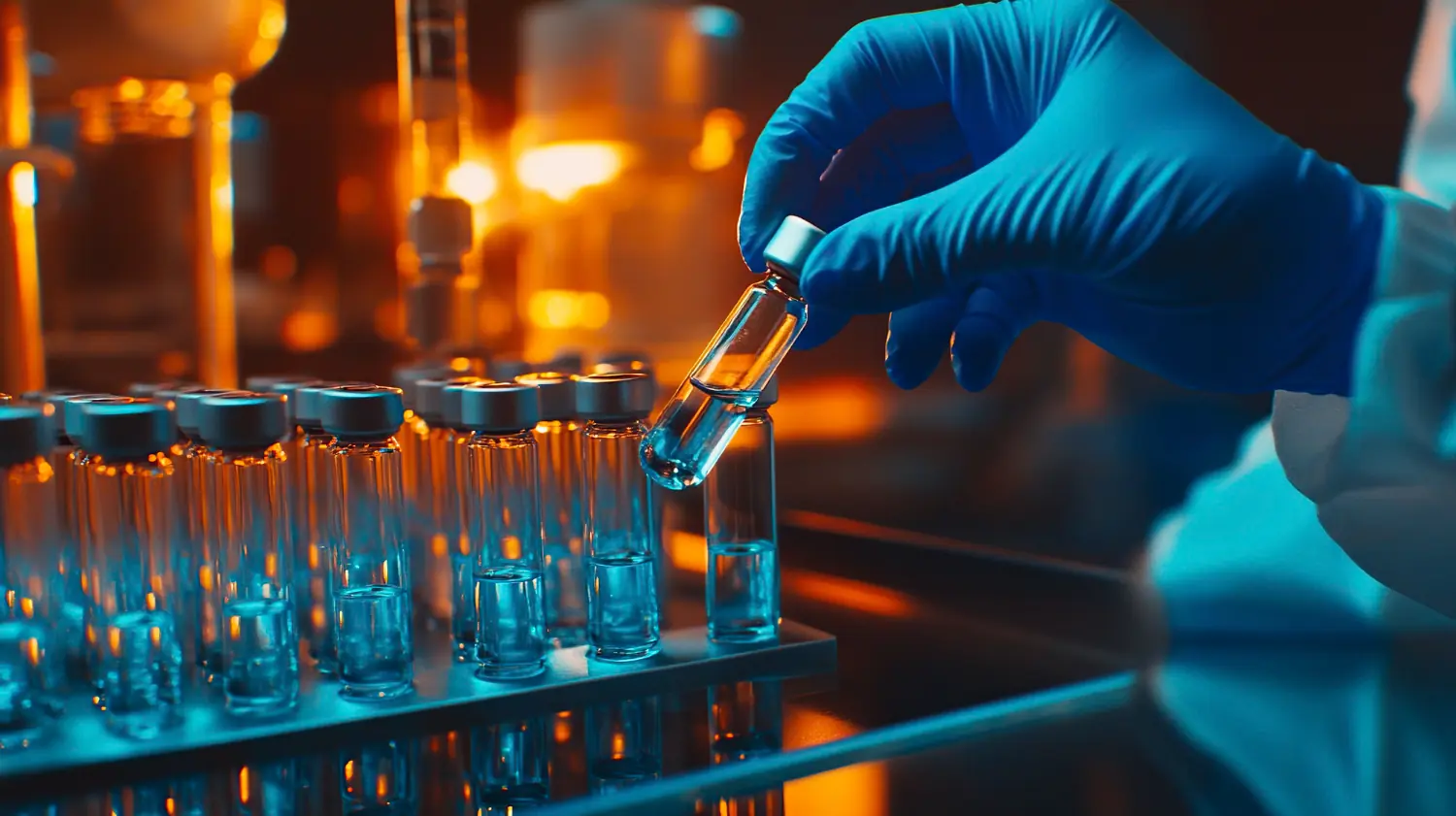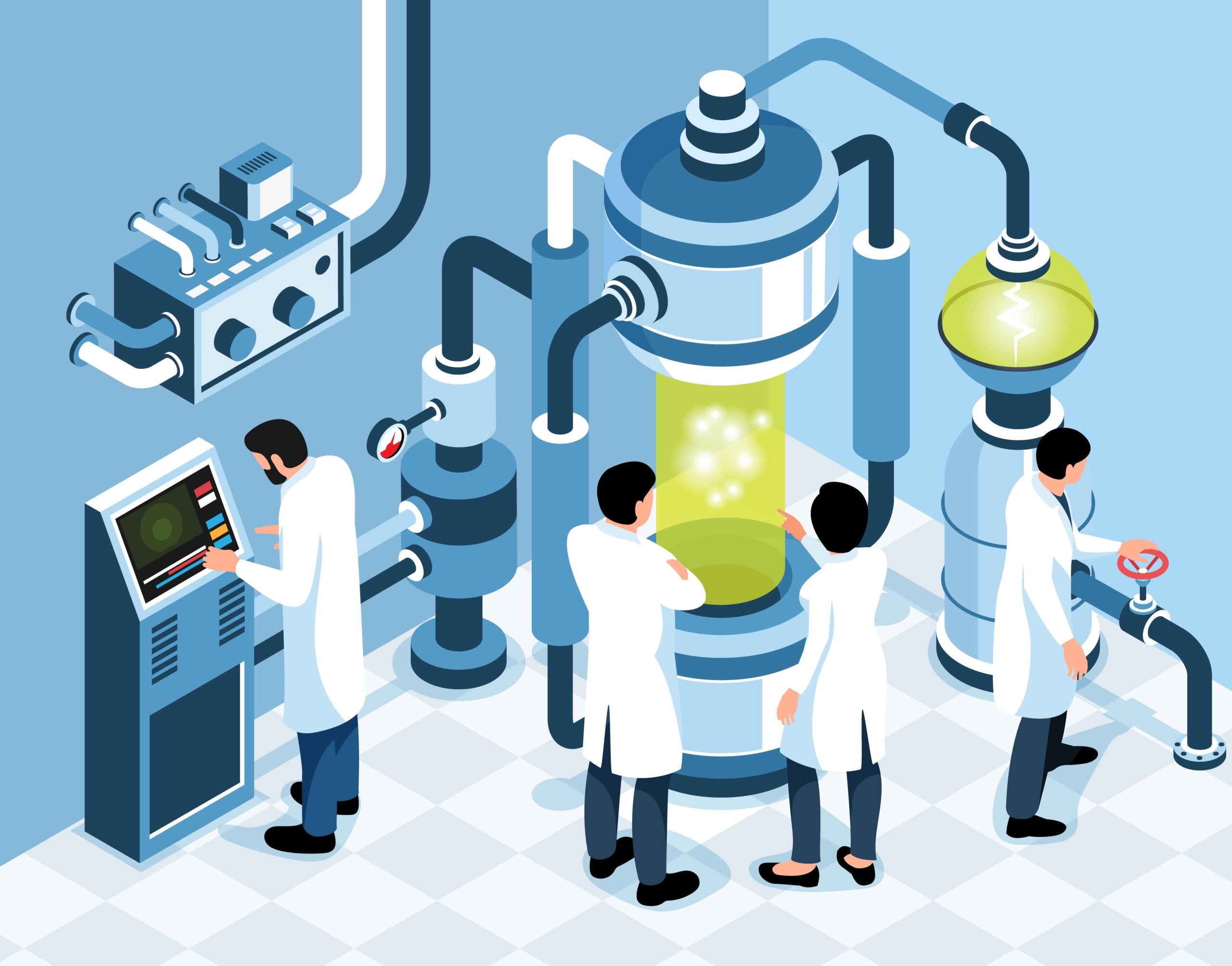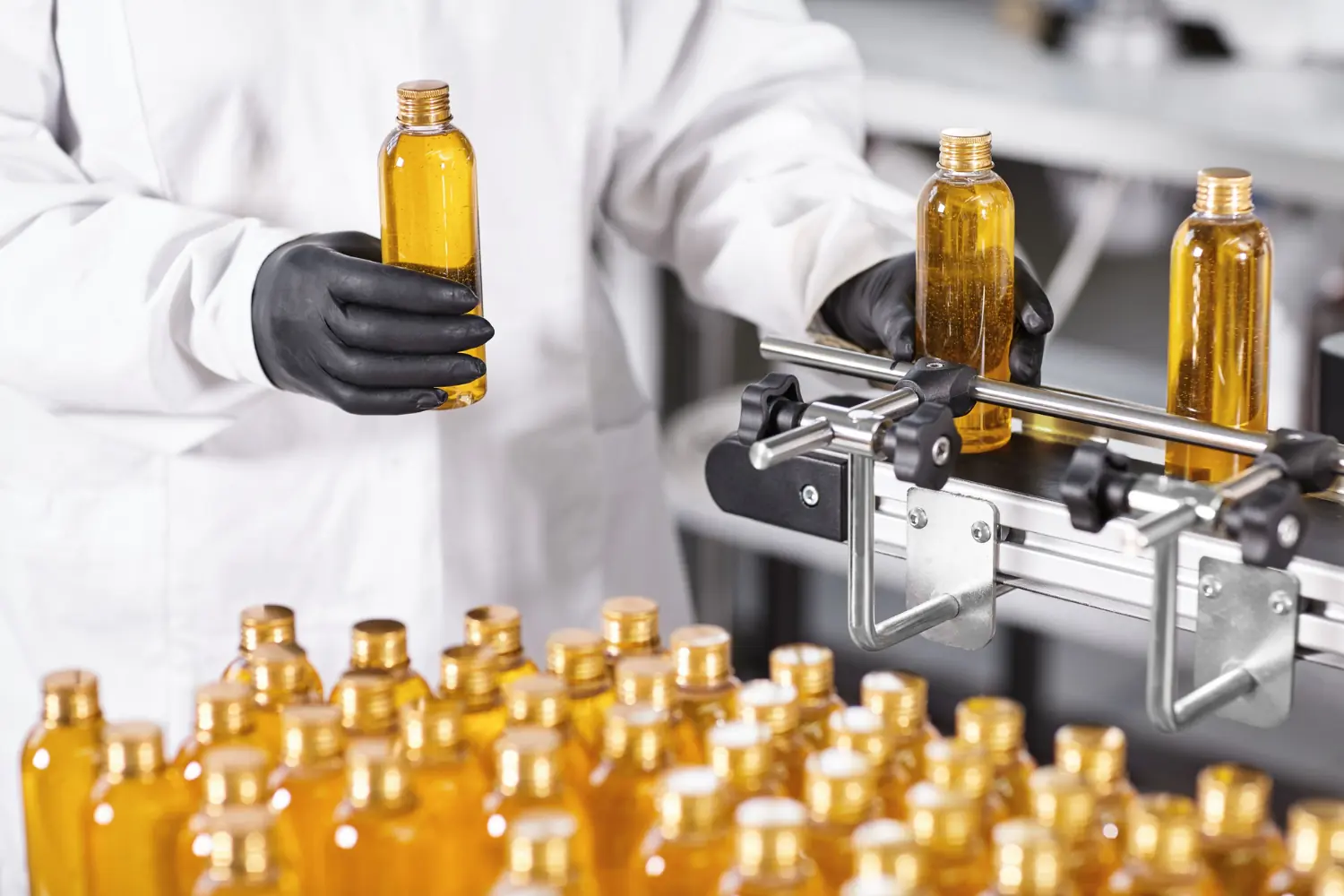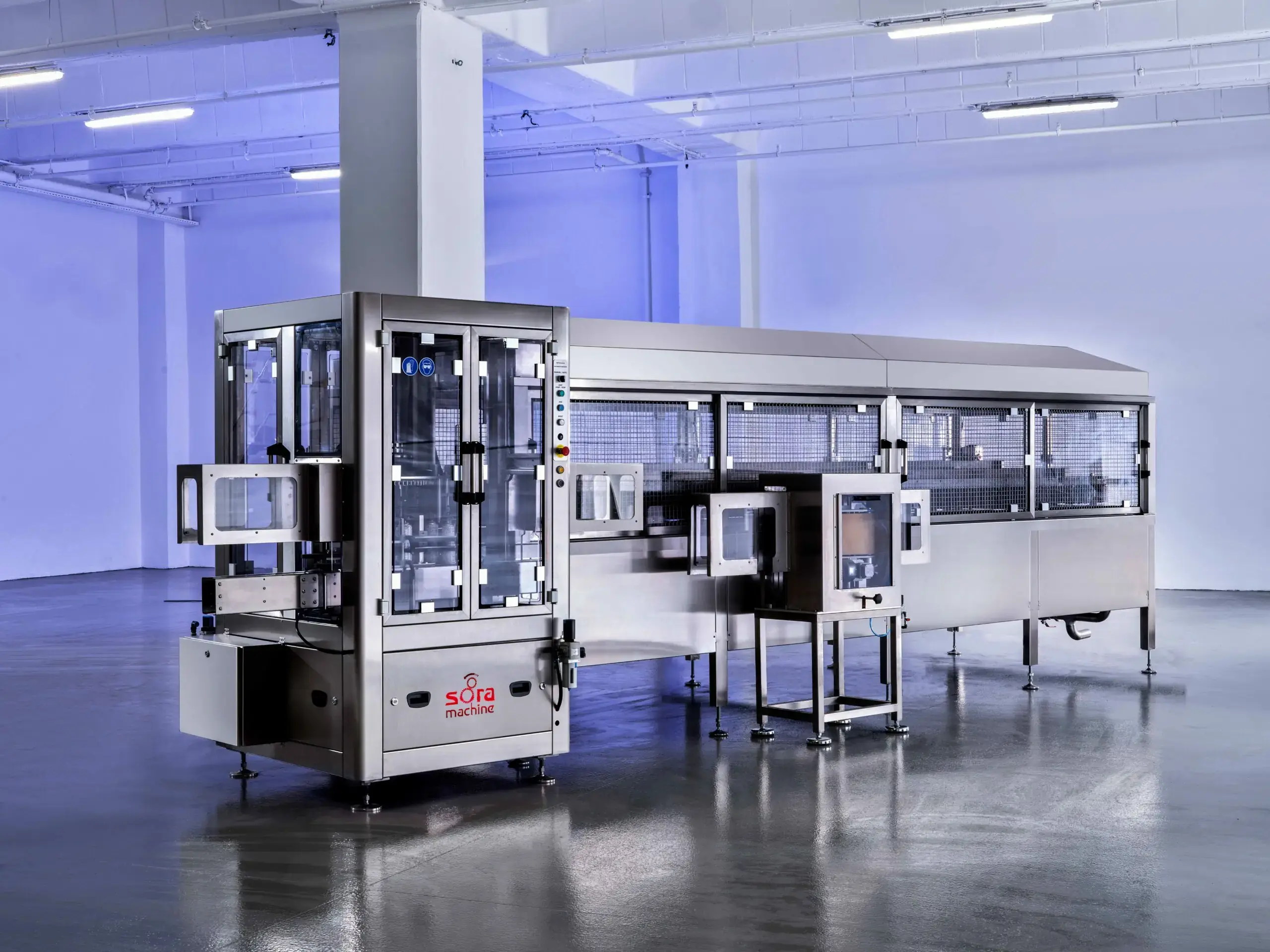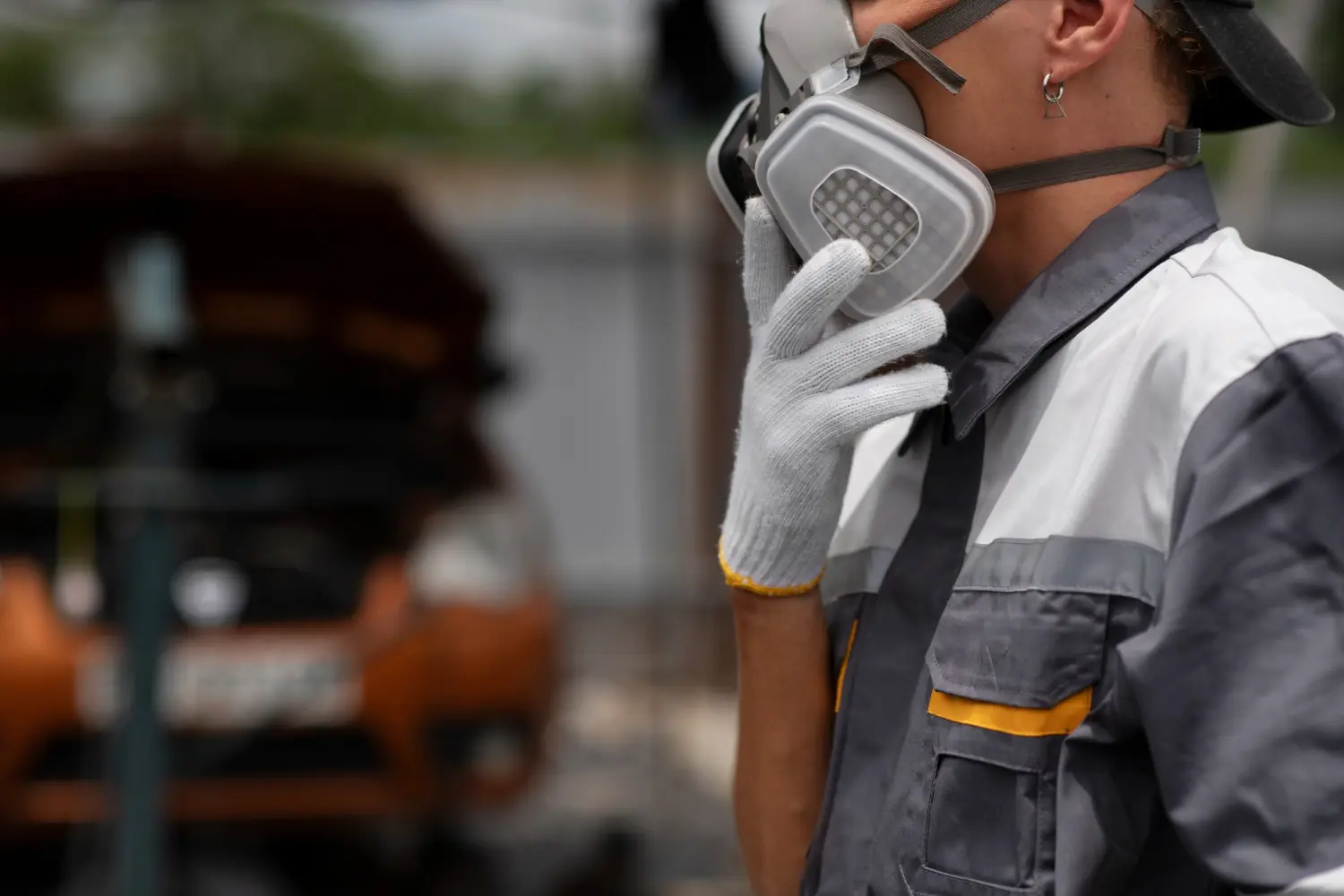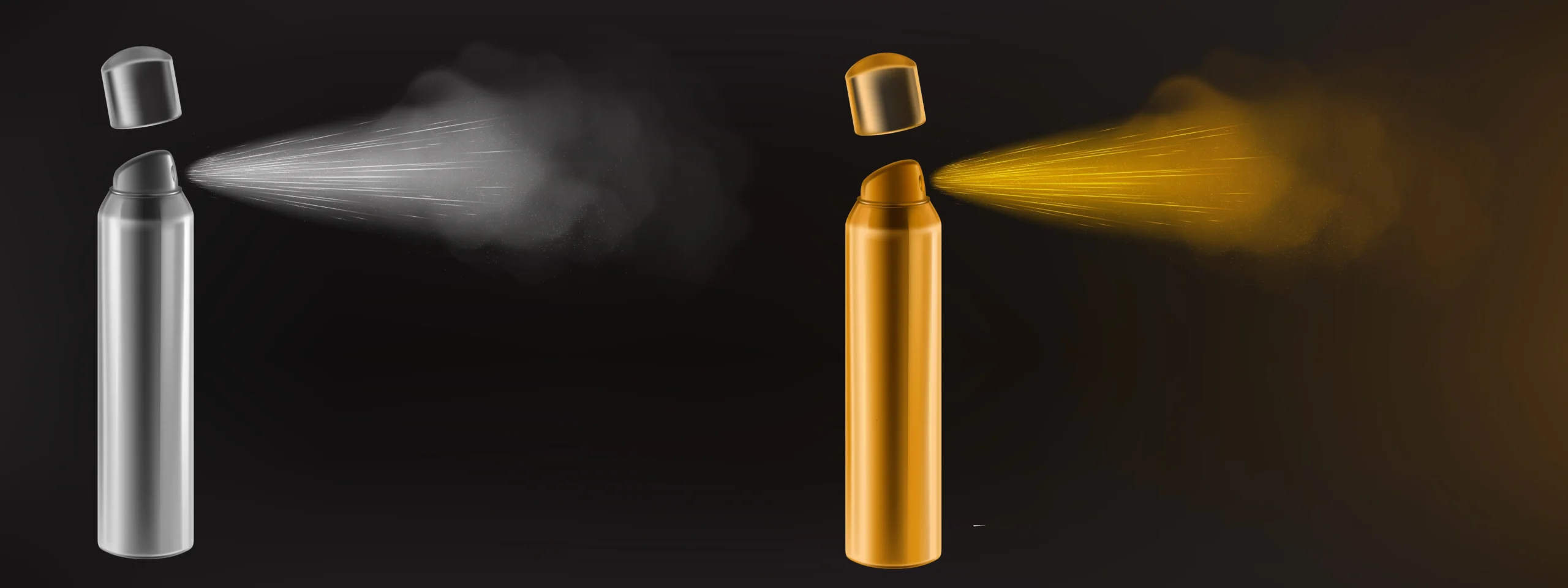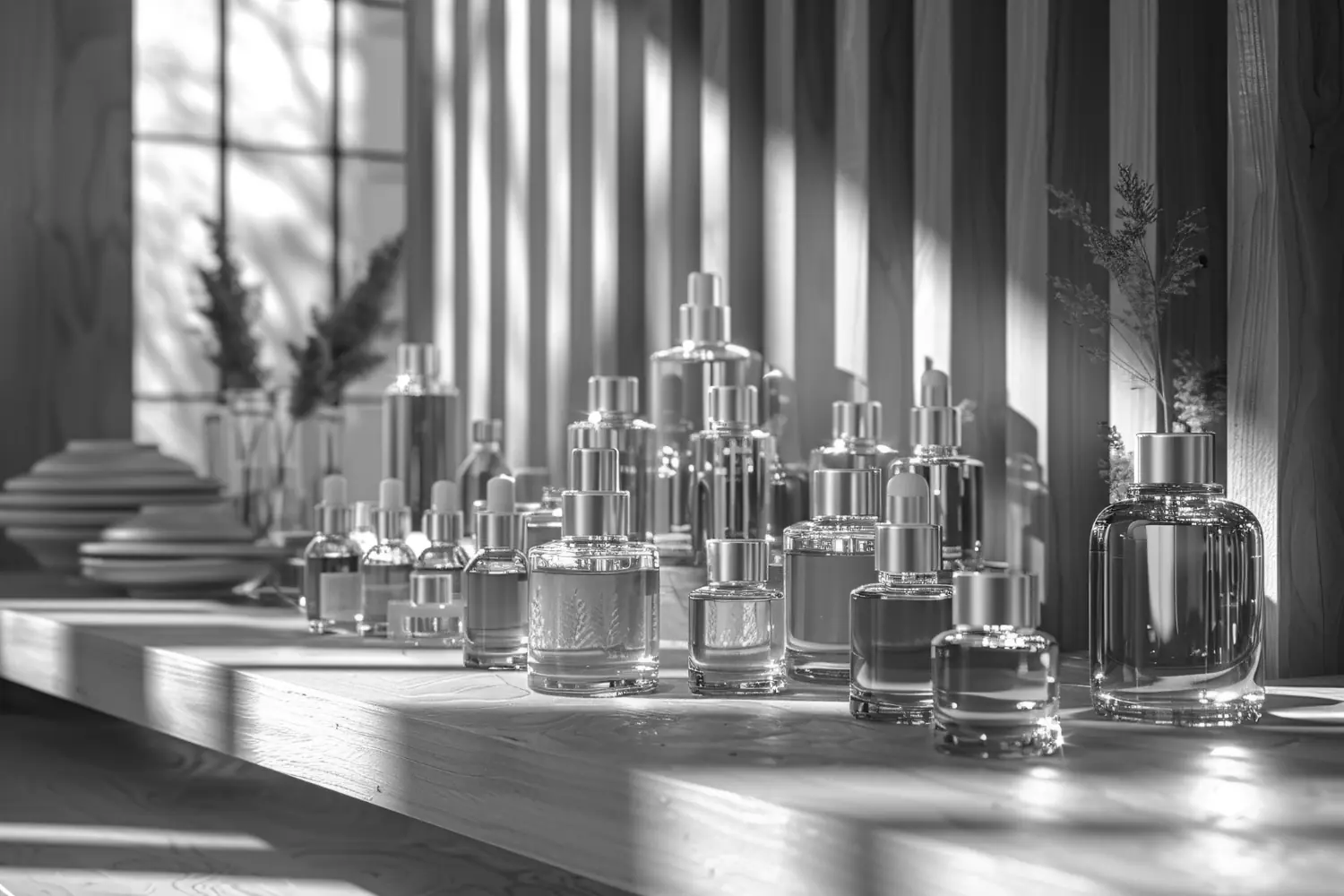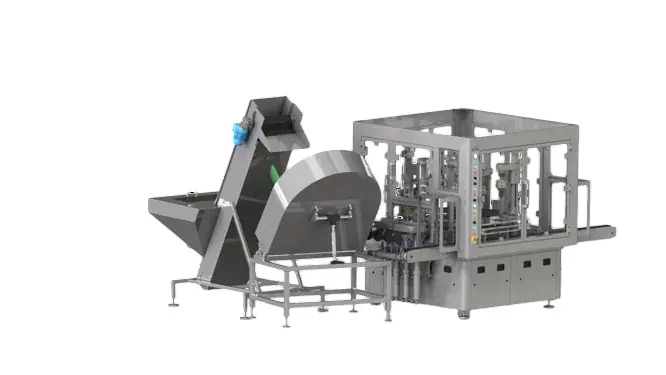Aerosol filling for perfume production requires careful attention to detail due to the delicate nature of fragrance formulas, the flammable solvents used, and the need for airtight and stable packaging. The process involves several challenges, including maintaining scent stability, ensuring safety during filling, and selecting the right machinery and propellants. Understanding the best practices for aerosol perfume filling is essential for producing high-quality, safe products. In this guide, we’ll explore the crucial factors you need to consider when performing aerosol filling in perfume production.
What Are the Special Restrictions for Aerosol Filling in Perfume Formulations?
Perfume formulations are sensitive to many factors, including exposure to oxygen, temperature, and light. Aerosol filling in perfume production requires special care to ensure that the integrity of the scent remains intact throughout the process. One of the key concerns is that many perfumes contain volatile and flammable solvents, which need to be handled with caution. The filling process must avoid introducing oxygen or contaminants, as this can alter the fragrance’s composition and stability.
Additionally, certain perfume ingredients, such as essential oils and alcohols, are highly sensitive to temperature changes. Therefore, temperature control during the filling process is essential. The filling machines used for perfume production must be able to handle these delicate formulas without compromising their quality.
Which Filling Machines Are Suitable for Perfume Filling?
When it comes to perfume aerosol filling, not all machines are created equal. Perfume filling machines need to be designed with specific features to handle the delicate nature of the product. The ideal machines for perfume filling are those that offer precise control over the volume of the liquid, ensuring that each bottle receives the right amount of fragrance.
Aerosol perfume machines that are equipped with air-tight filling systems are typically the best choice. These machines can prevent exposure to air during the filling process, which is crucial for maintaining the fragrance’s integrity. Additionally, semi-automatic or fully automatic aerosol filling machines can be used depending on the production scale. For smaller batches, semi-automatic machines may suffice, while larger operations often require fully automated systems that can handle higher volumes with consistent quality.
What Safety Precautions Should Be Taken for Perfumes Containing Flammable Solvents?
Perfumes often contain flammable solvents, such as alcohol, which pose safety risks during the filling process. Therefore, implementing strict safety measures is a must when performing aerosol filling in perfume production. One of the most important precautions is ensuring that the filling area is properly ventilated to reduce the risk of fumes accumulating.
Another essential safety measure is to use ATEX certified filling equipment. These machines are specifically designed for environments where explosive atmospheres could be present due to flammable gases, vapors, or liquids. ATEX certified equipment ensures that the machines meet the necessary safety standards to prevent accidents.
Additionally, operators should be trained on handling flammable materials and be provided with the necessary safety gear, including fire-resistant clothing and proper storage for volatile substances. It’s also essential to conduct regular safety checks and maintain the equipment in good working order to prevent any malfunction during the filling process.
Which Temperature and Pressure Values Should Be Kept Under Control During Aerosol Filling?
Temperature and pressure control are critical in aerosol perfume filling, especially when dealing with sensitive fragrances. The filling process should occur within specific temperature and pressure ranges to avoid altering the perfume’s composition or causing instability in the propellant.
- Temperature: The temperature at which the perfume is filled must be carefully monitored. Perfume ingredients can react to temperature changes, so it’s essential to keep the liquid within a set temperature range. Typically, filling should take place in a controlled environment where the temperature is stable to prevent any changes in viscosity or fragrance.
- Pressure: Similarly, the pressure used during the aerosol filling must also be regulated. If the pressure is too high, it could cause the perfume to foam or result in an uneven fill. If the pressure is too low, the perfume may not dispense properly or may lead to air bubbles in the bottle, which can negatively affect the scent stability.
How Is Contact Between Sensitive Fragrances and Oxygen Prevented?
Sensitive fragrances are highly susceptible to oxidation, which can alter their scent over time. To prevent the contact between perfume and oxygen, airtight filling systems are essential in aerosol filling. These systems ensure that the perfume is sealed in an oxygen-free environment during the filling process, preventing any interaction with the air that could degrade the fragrance.
In addition, the filling nozzles should be designed to minimize exposure to air, and some advanced systems include features like vacuum filling to ensure that no oxygen is trapped inside the aerosol can. Using airless packaging further helps prevent oxygen from coming into contact with the fragrance, offering an added layer of protection for the perfume’s scent.
How Do the Types of Valves and Actuators Used in Perfume Bottles Affect the Filling Process?
The choice of valves and actuators used in perfume aerosol bottles is important for ensuring the proper filling and dispensing of the fragrance. The type of valve and actuator can affect the amount of product dispensed, the ease of use, and the longevity of the product. The specific valve type, such as a continuous spray valve or a metered valve, will determine how the propellant is injected and how the fragrance is released. Actuators, on the other hand, determine the spray pattern and feel for the end-user.
Why Is Compliance with ATEX Standards Important?
Compliance with ATEX standards is crucial when performing aerosol filling in perfume production, especially when dealing with flammable liquids. ATEX stands for “Atmosphères Explosibles” and refers to European Union regulations for equipment used in explosive atmospheres. The ATEX certification ensures that the equipment used in aerosol filling is safe to operate in environments where the risk of explosion is present due to the flammable solvents in perfumes.
For aerosol perfume production, ATEX certified equipment ensures that there is no risk of ignition during the filling process, preventing accidents and ensuring the safety of both the workers and the product. Using ATEX certified machines is not just a legal requirement in some regions but also a critical safety measure that cannot be overlooked.
How Are Airtightness and Leak Tests Performed?
Airtightness and leak tests are essential steps in the aerosol filling process to ensure that the perfume is properly sealed and does not leak during storage or transportation. There are several methods for testing airtightness, including:
- Pressure decay tests: This involves pressurizing the aerosol can and measuring how much the pressure decreases over time. A rapid drop in pressure indicates a leak.
- Vacuum tests: The aerosol can is subjected to a vacuum, and if the seal is not airtight, air will rush into the can.
- Bubble tests: In this method, the aerosol can is submerged in a water tank, and if there is a leak, bubbles will form at the site of the leak.
Ensuring airtightness is critical to maintaining the integrity of the perfume and preventing contamination or evaporation of the fragrance.
Which Propellant Gases Are Used in Perfume Filling and How Are They Selected?
Propellant gases are used in aerosol perfume production to push the liquid fragrance out of the can when the actuator is pressed. The most commonly used propellants in perfume filling are nitrous oxide (N2O), compressed air, and hydrocarbons.
Nitrous oxide (N2O) is often preferred for perfume aerosols because it is a non-flammable, inert gas that does not react with the perfume, ensuring the scent is not compromised.
Compressed air is another common option, especially for products that require gentle dispensing.
Hydrocarbon propellants, such as butane or propane, are less commonly used for perfumes but may be used in certain applications, depending on the formulation.
The selection of the right propellant depends on factors such as the product formulation, the type of packaging, and the desired dispensing characteristics.
What Should Be Considered During the Labeling and Packaging Processes After Filling?
After the aerosol perfume has been filled, proper labeling and packaging are essential to ensure the product is correctly identified and remains protected throughout its life cycle. The labeling process should include product details like the fragrance name, ingredients, and any required safety warnings. The packaging should ensure that the aerosol can remains intact and secure during transportation and storage.
The use of airtight packaging solutions is critical for perfumes, as it helps preserve the fragrance by preventing exposure to air. Additionally, ensuring the packaging is durable and tamper-proof is crucial for maintaining product integrity and consumer safety.
In conclusion, aerosol filling in perfume production is a complex process that requires careful attention to safety, scent stability, and equipment selection. By considering the above factors, perfume manufacturers can ensure that their products meet the highest standards of quality and safety, providing consumers with a premium fragrance experience.


